Estimated reading time: 3 minutes
Vietnam, with a population nearing 100 million, exhibits a car ownership rate of 1 in 43 people, considerably lower than neighboring Thailand (1 in 10) and Malaysia (1 in 20) [1]. Looking ahead to 2025, the demand for new cars is projected to range between 800,000 to 900,000, increasing to 1.5-1.8 million by 2030.
Rising Interest in Electric Vehicles
Vietnamese consumers are increasingly drawn to Electric Vehicles (EVs). Currently, 33% express interest in purchasing EVs [2]. Forecasts by the Vietnam Automobile Manufacturers Association suggest Vietnam will see 1 million EVs by 2028 and 3.5 million by 2040.
Environmental Impact of EVs
Reduced Tailpipe Emissions
EVs operate without internal combustion engines, leading to zero tailpipe emissions, a stark contrast to traditional gasoline vehicles.
Emissions from Battery Production
Despite no tailpipe emissions, manufacturing EV batteries involves emissions, particularly during the production of lithium-ion batteries, requiring fossil fuels. Crafting an 80 kWh lithium-ion battery unit for a Tesla Model 3 emits 2.5 to 16 tons of CO2 [3].
Lifecycle Emissions
EVs emit fewer greenhouse gases over their lifetime compared to gasoline cars. While electricity source impacts emissions, EVs generally emit around 200 grams of CO2 per mile, compared to gasoline cars emitting over 350 grams [5].
Economic Benefits and Challenges
Research indicates switching to EVs can save drivers up to $1,000 annually in the United States [6]. Moreover, EVs emit 53% less emissions compared to gasoline vehicles [6]. Future advancements in renewable energy could further mitigate EV lifecycle emissions.
Investment Opportunities in Vietnam
EV Production
VinFast currently leads EV manufacturing in Vietnam. With growing demand, there’s potential for more manufacturers to invest in this burgeoning market.
Battery Production
The demand for various battery types necessitates investment in production and recycling technologies to manage end-of-life batteries efficiently.
Charging Infrastructure
Establishing robust charging networks, including solar-powered stations, is critical. Vietnam plans significant investment in expanding its charging infrastructure, aiming to be a global leader in EV charging density.
Government Initiatives and Policies
Vietnam’s government aims to reduce greenhouse gas emissions significantly by 2030 [8]. Policy incentives include eliminating registration fees for clean energy buses and reducing special consumption taxes for EVs [11].
Regulatory Framework and Future Outlook
Vietnam lacks comprehensive EV regulations but is considering frameworks similar to those in Australia, China, Japan, and South Korea, which have bolstered their EV markets through stringent safety and emissions standards.
Conclusion
As Vietnam charts its path toward a sustainable automotive future, the transition to EVs presents immense opportunities across manufacturing, infrastructure development, and environmental sustainability. Despite challenges in emissions from battery production and regulatory gaps, EVs offer a promising solution to reducing carbon footprints. Investors poised to capitalize on Vietnam’s evolving EV landscape stand to benefit from a burgeoning market with robust governmental support.
In conclusion, Vietnam’s shift towards EVs represents not just a transformation in mobility but a pivotal moment for economic growth and environmental stewardship in Southeast Asia.




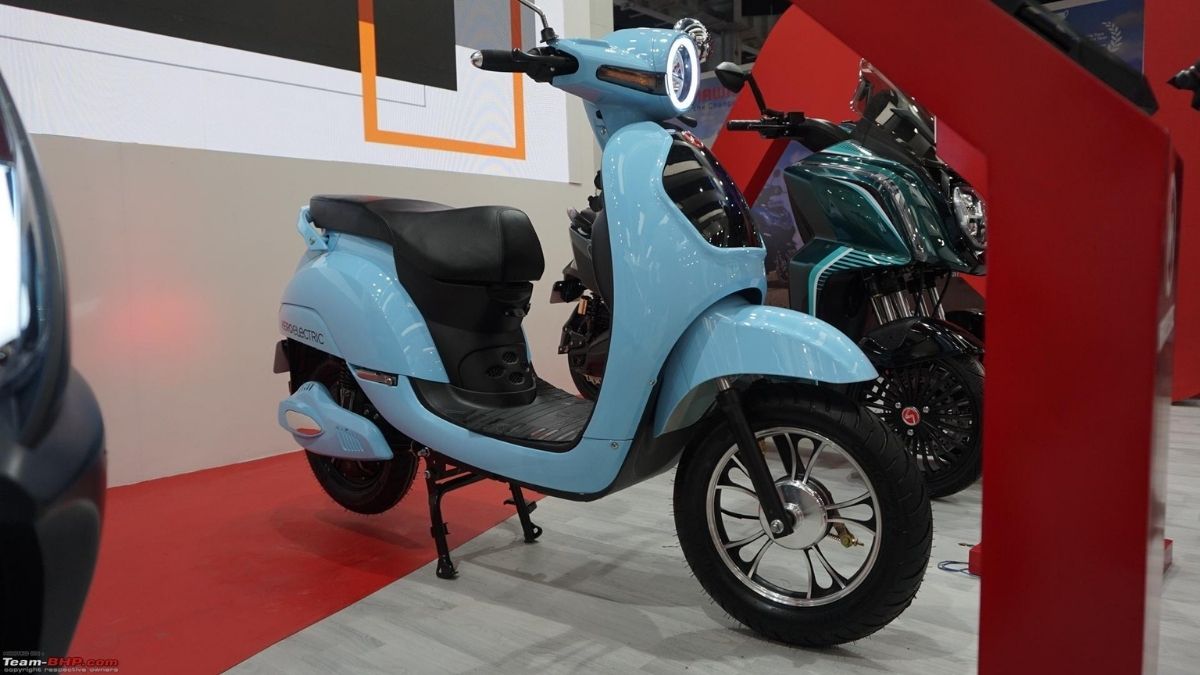
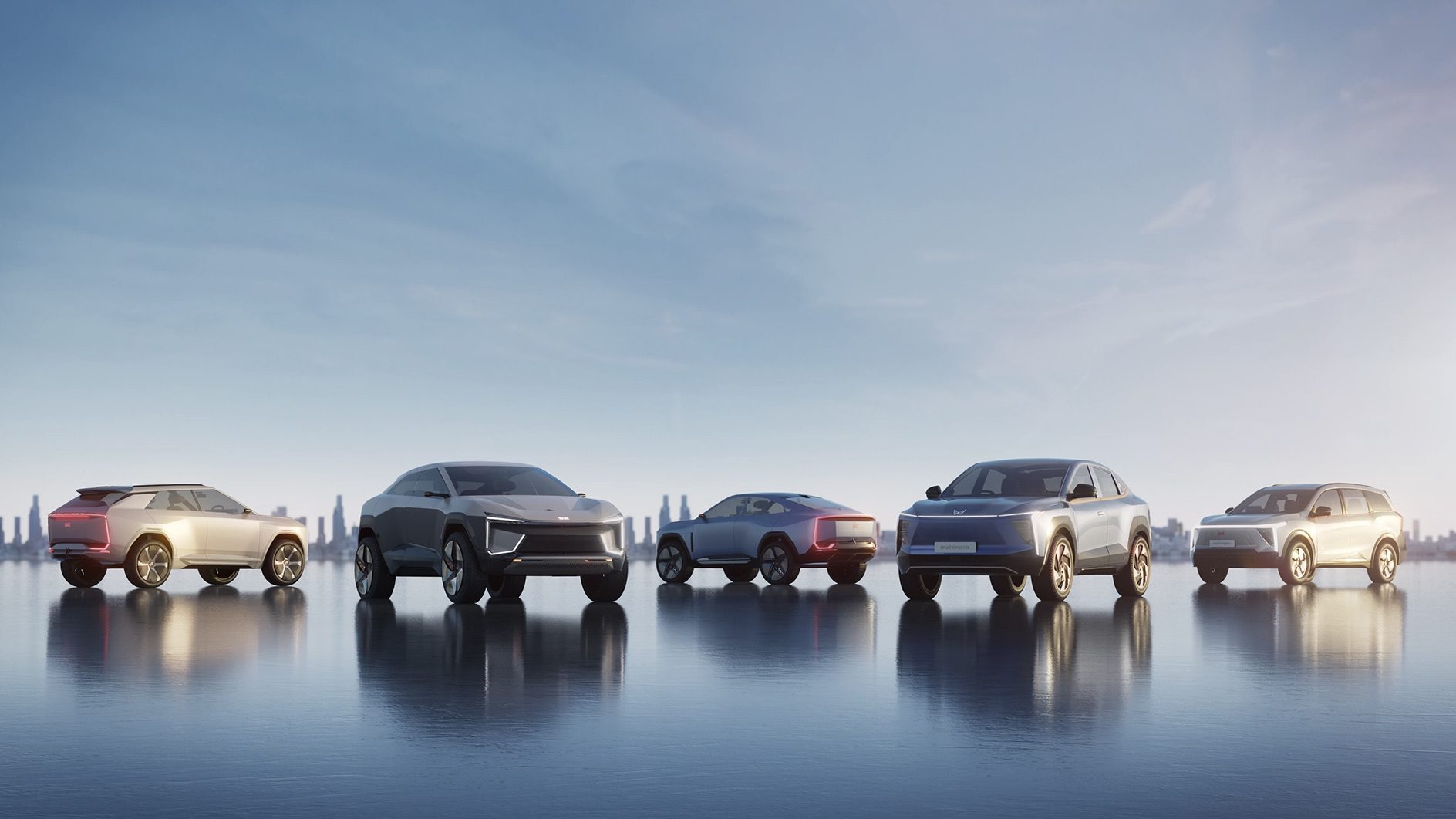
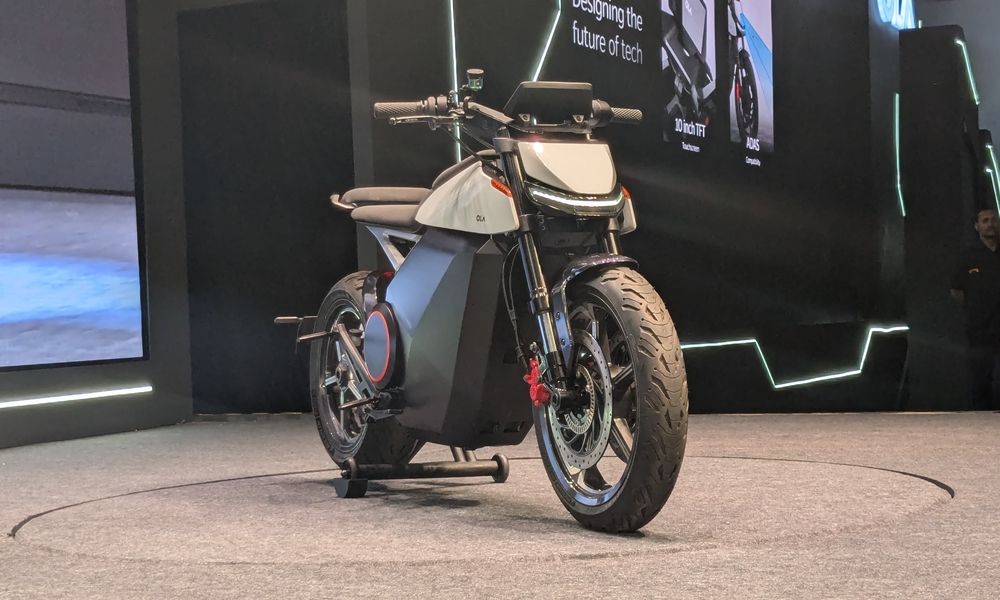



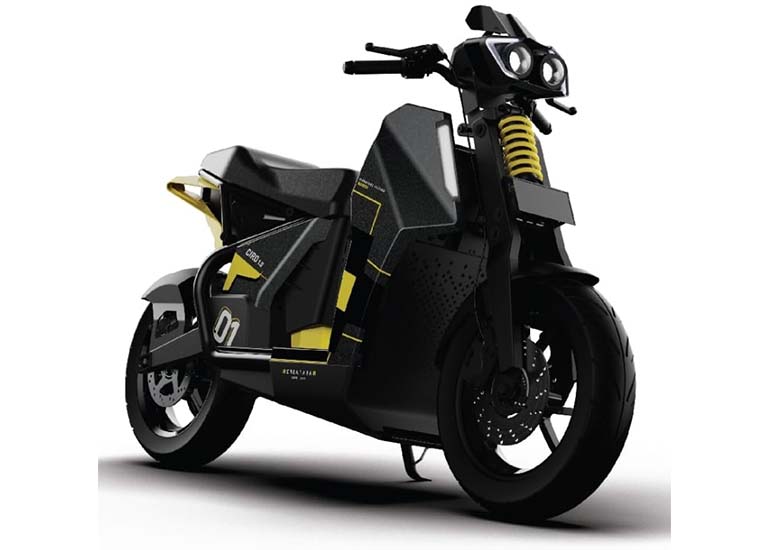



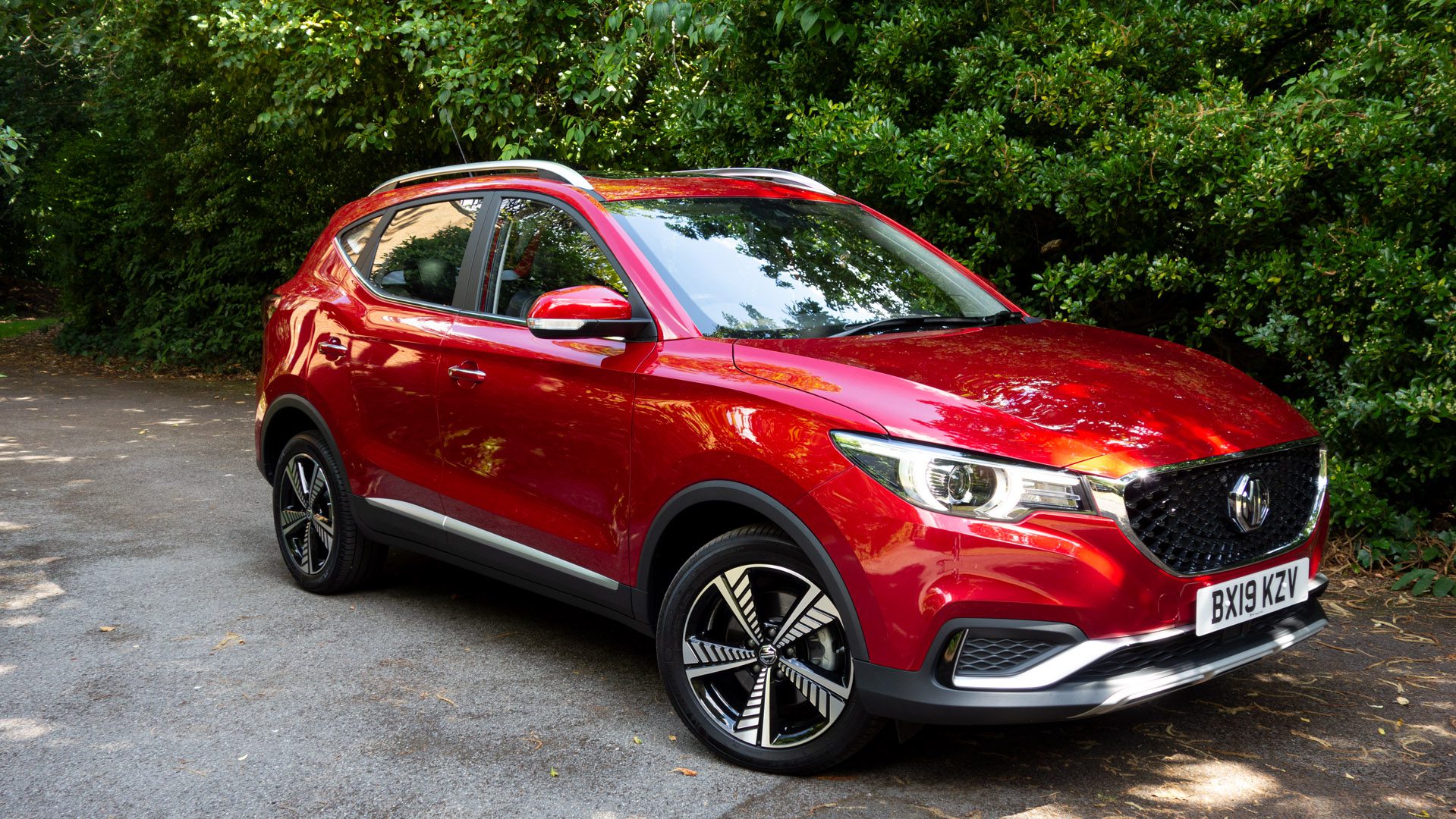
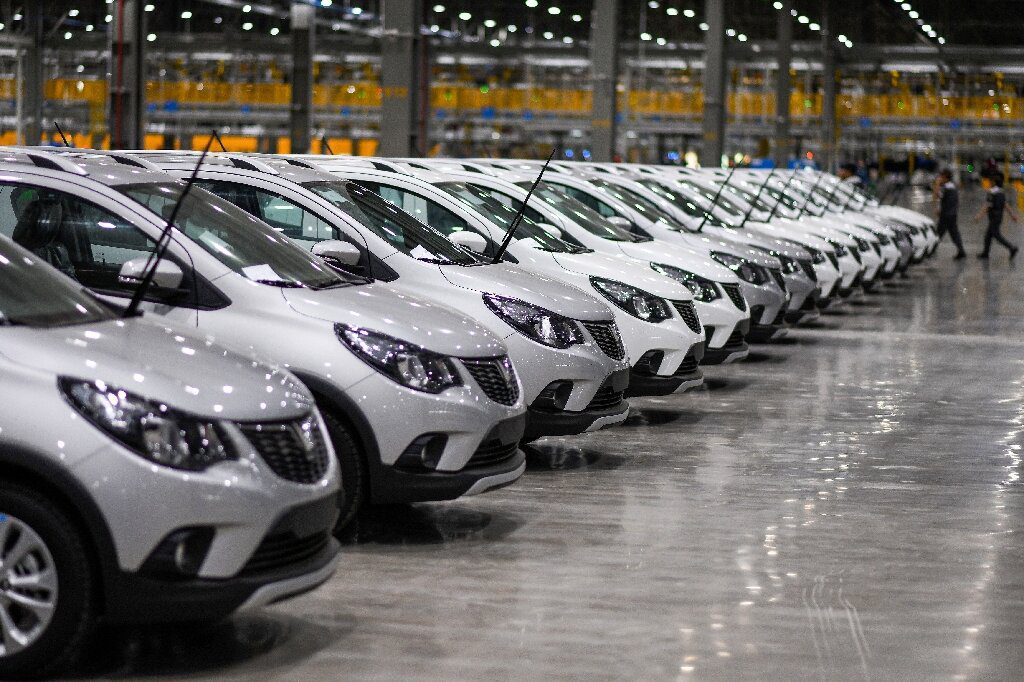





Leave feedback about this